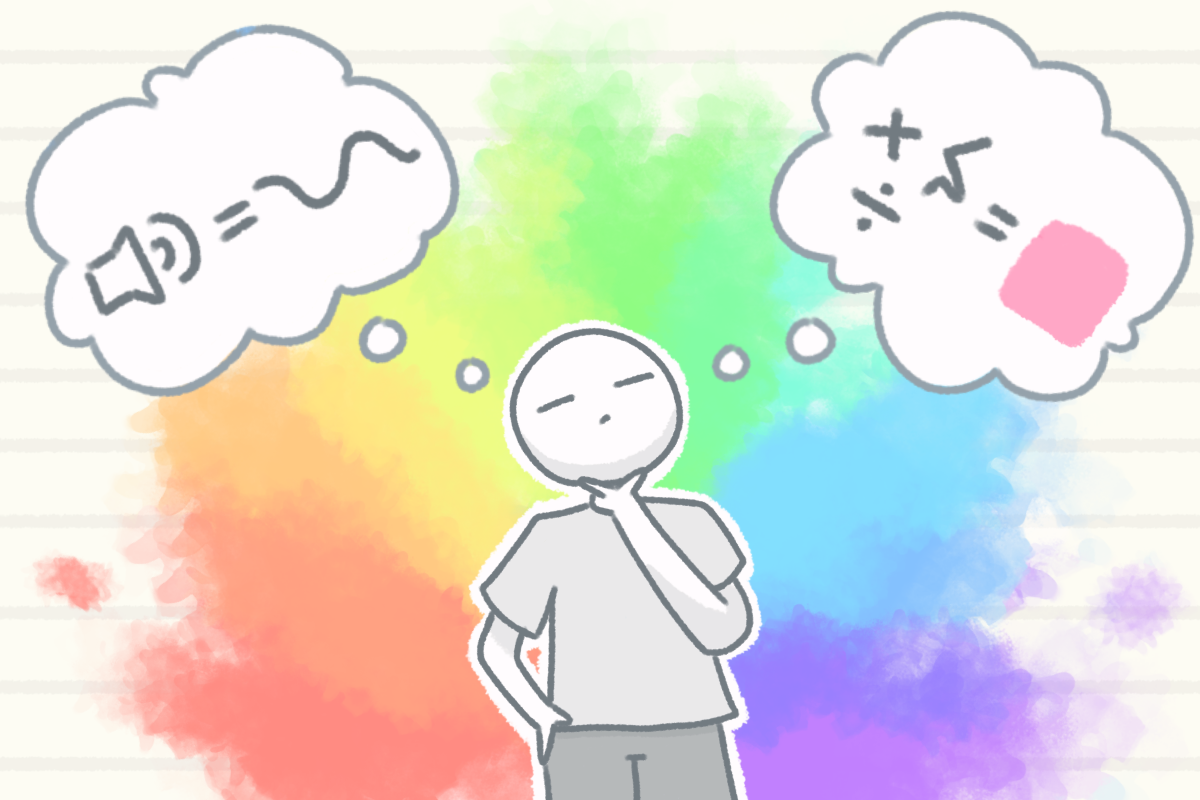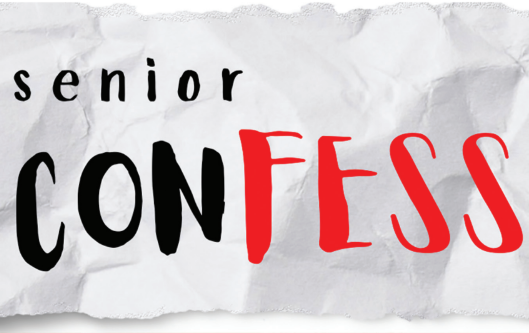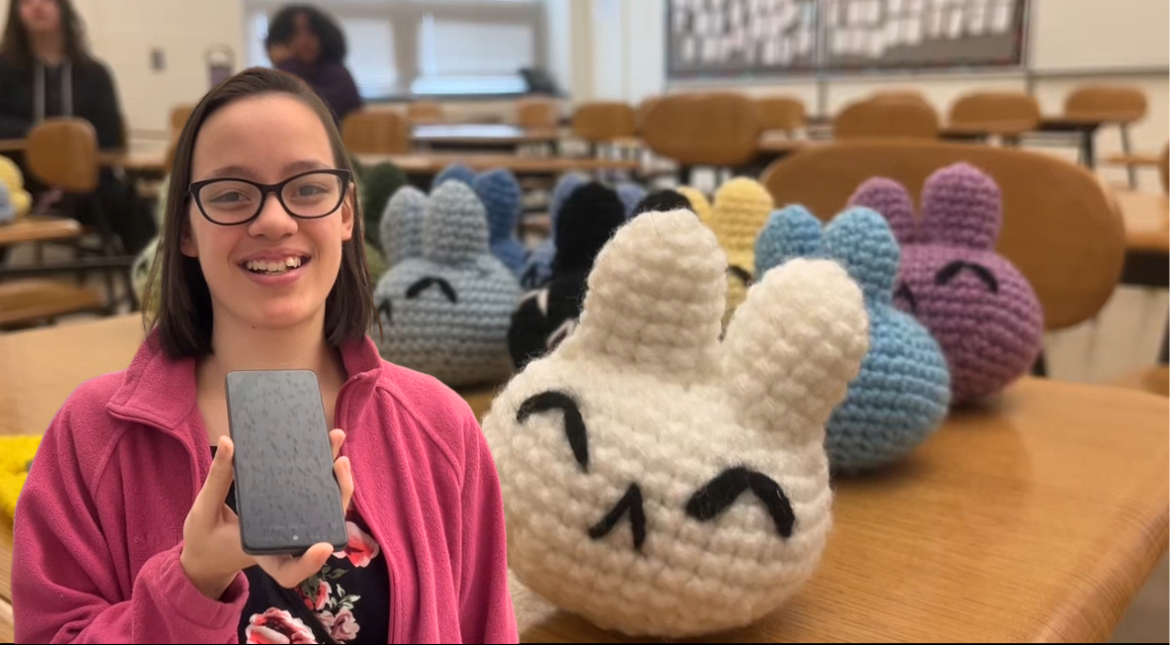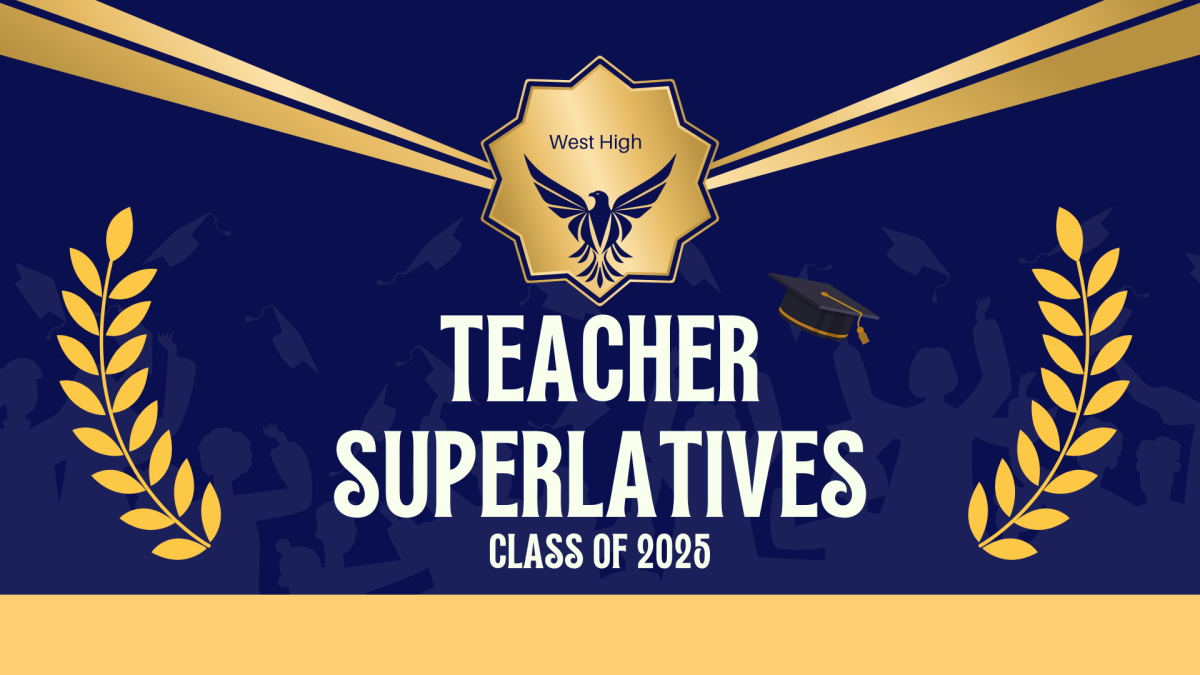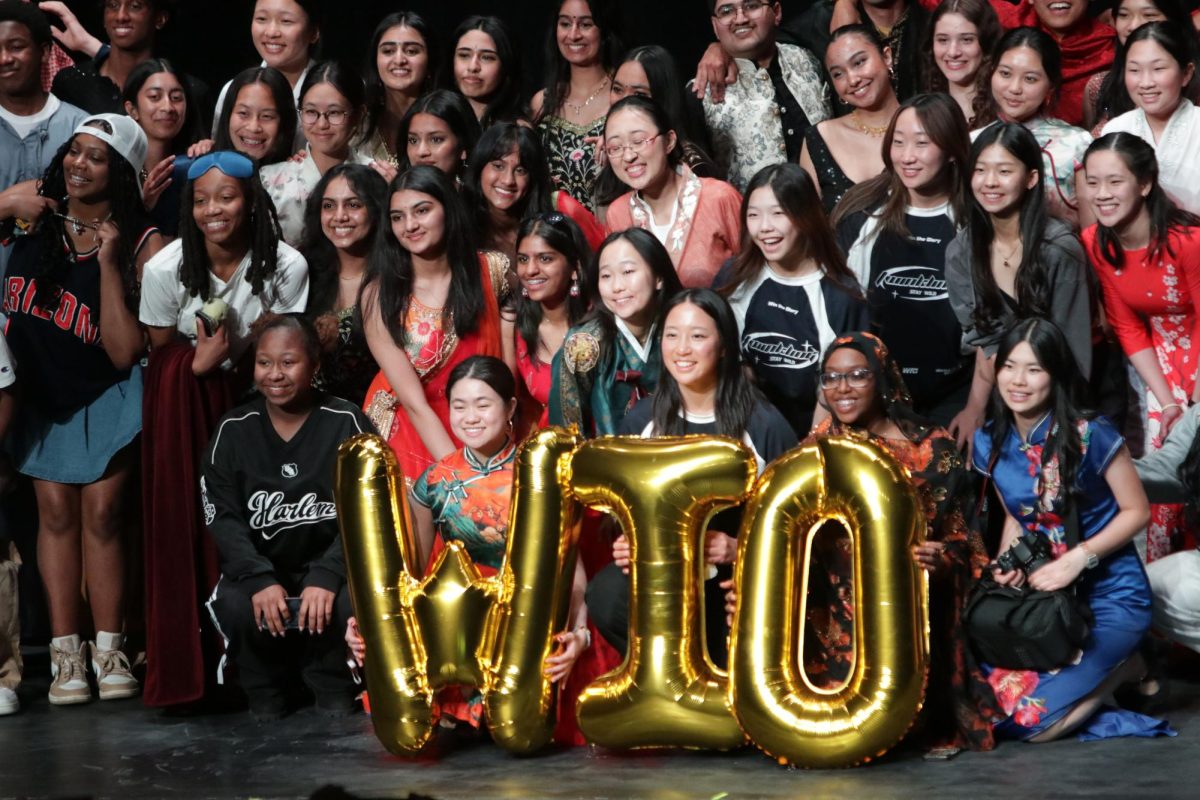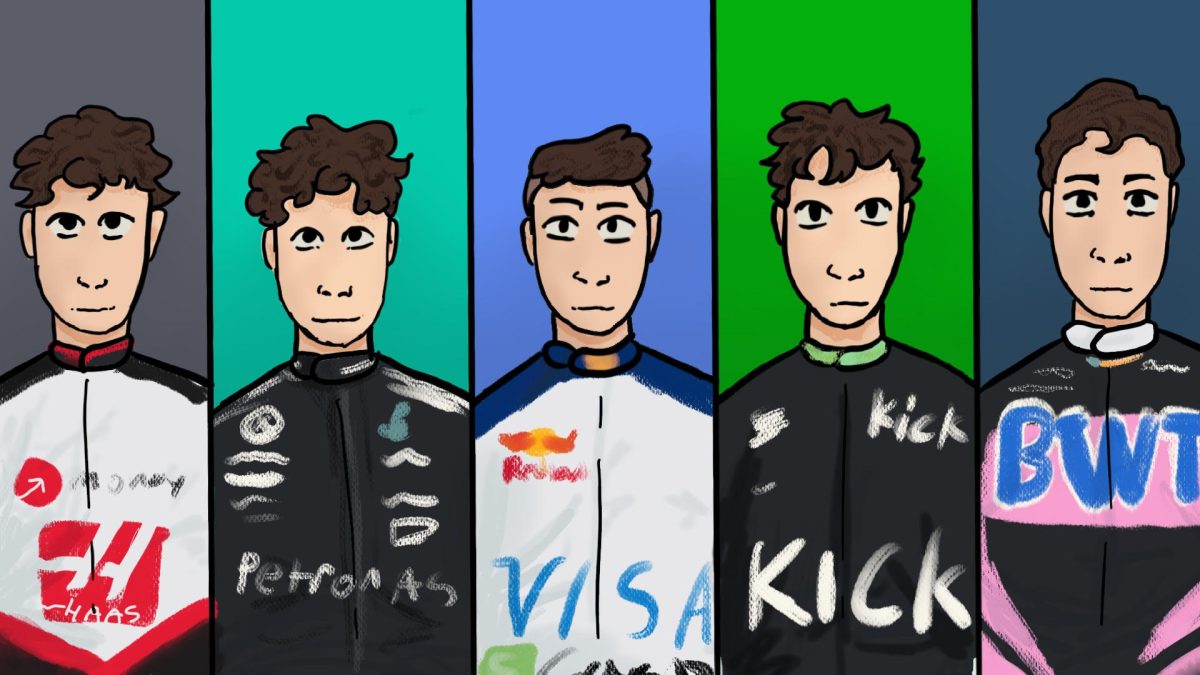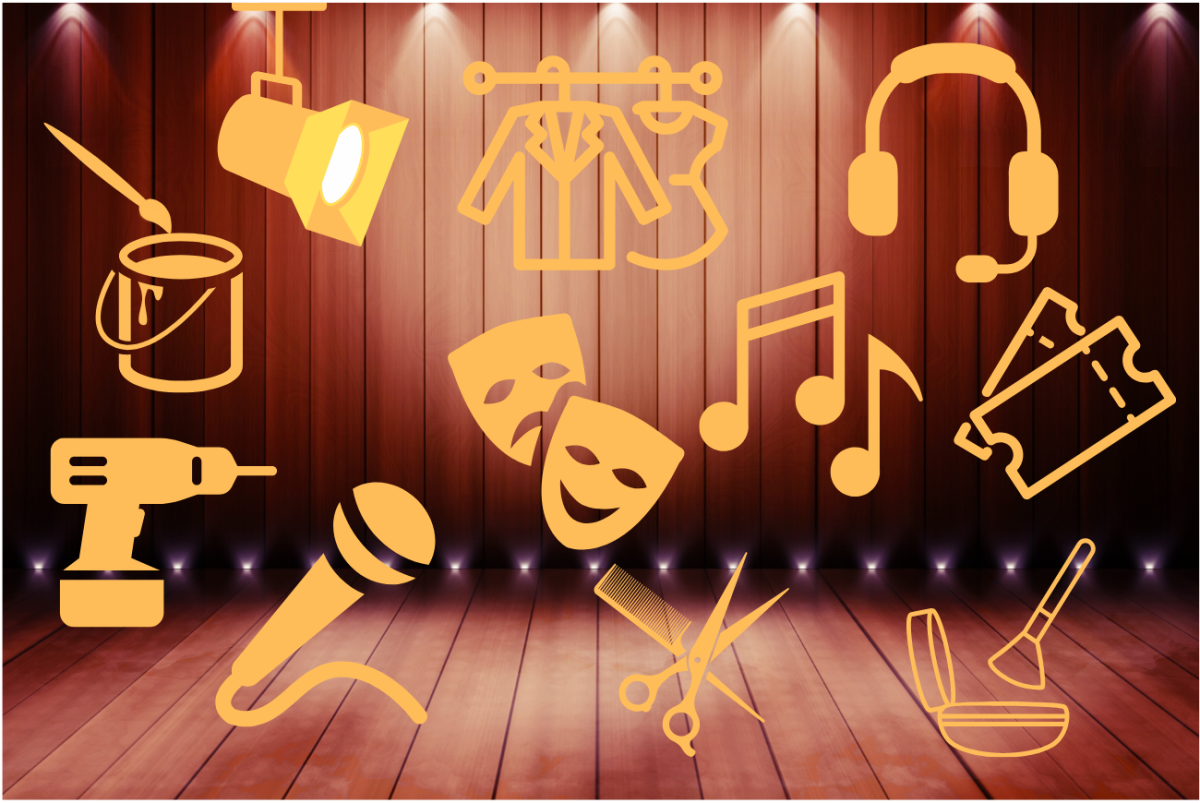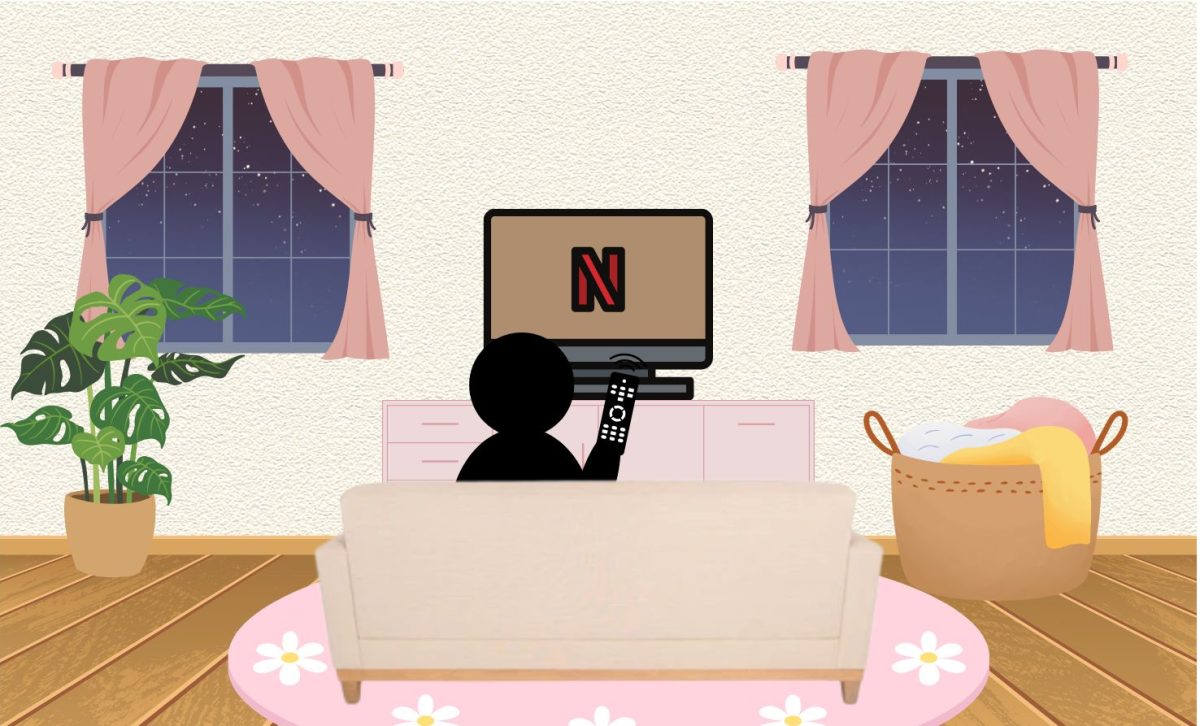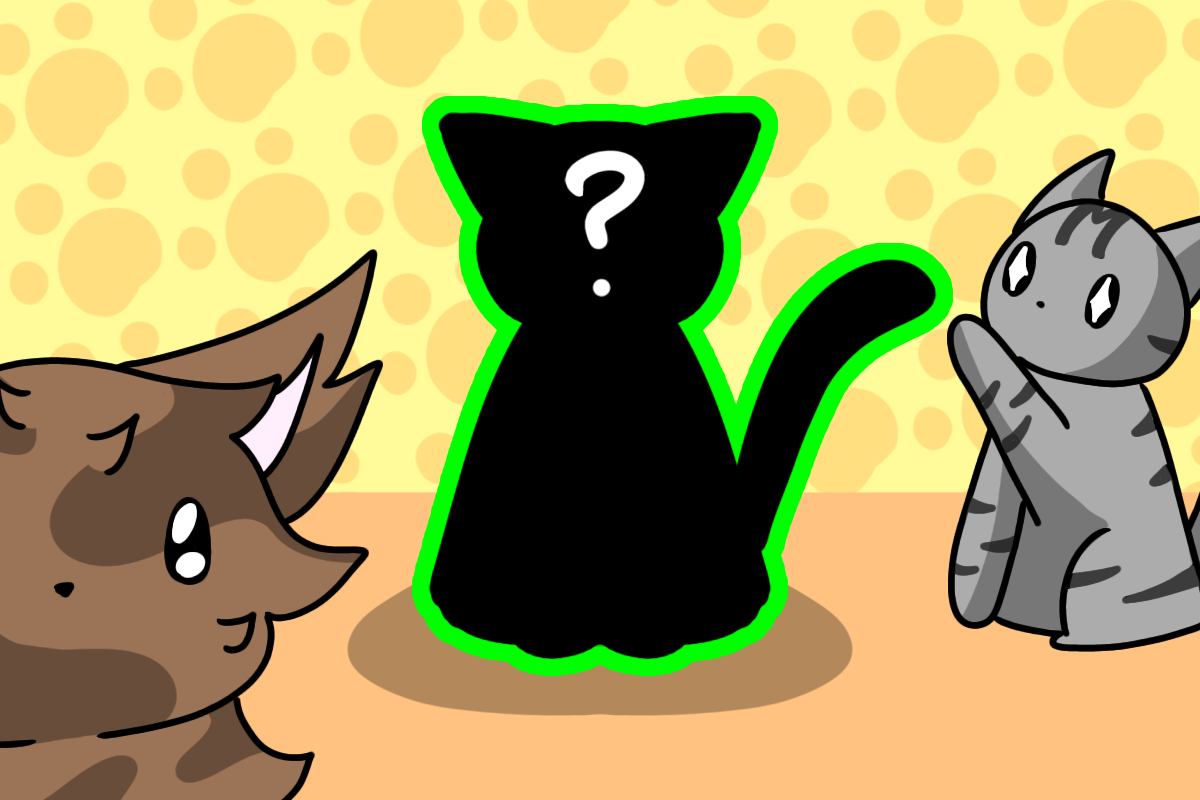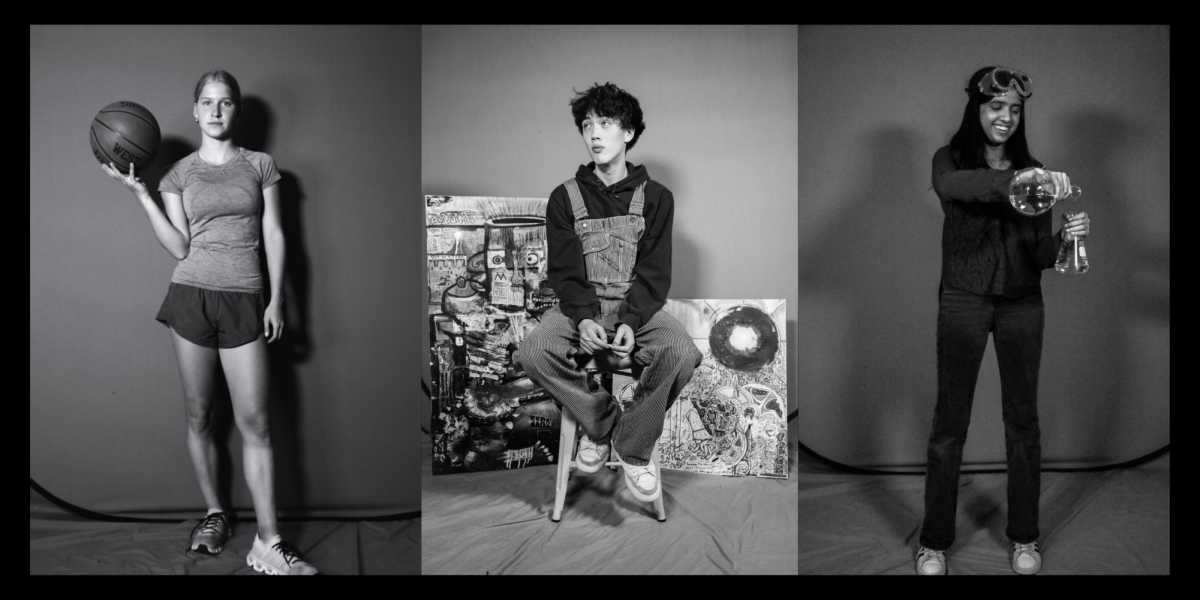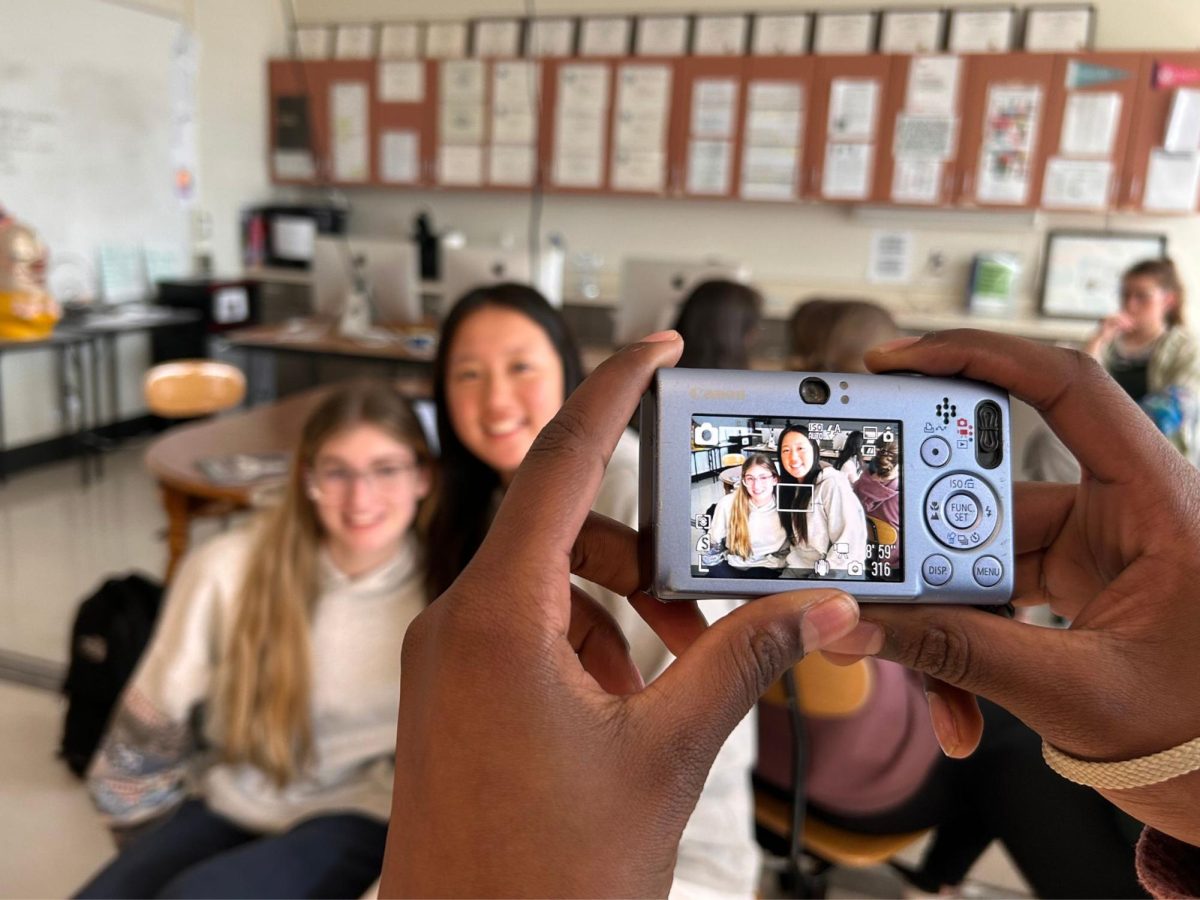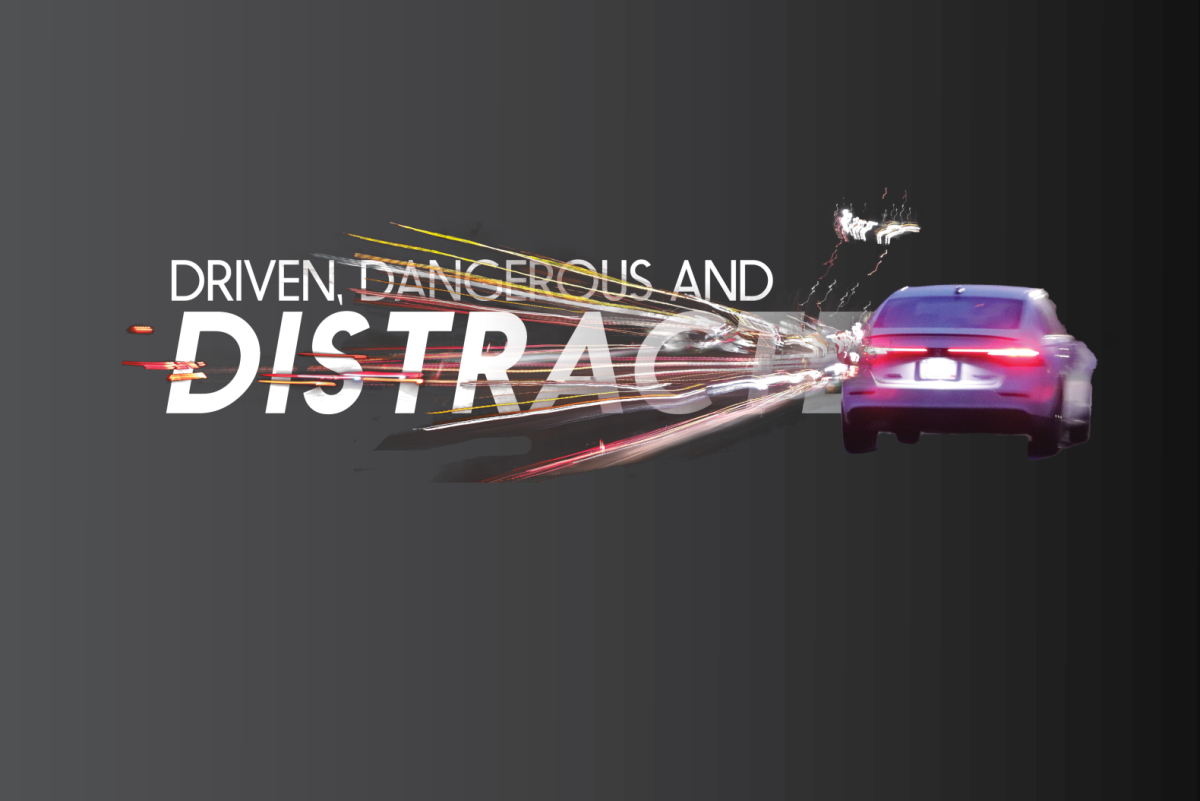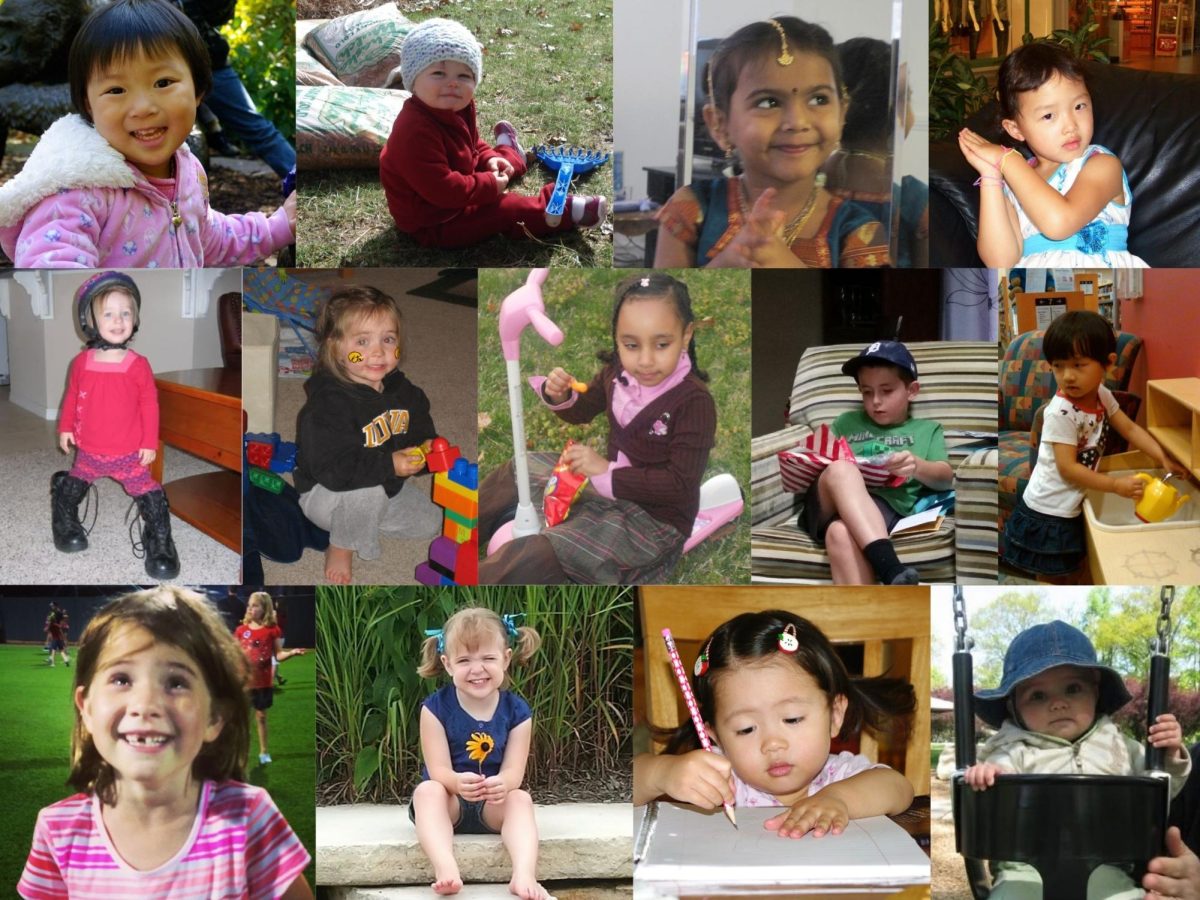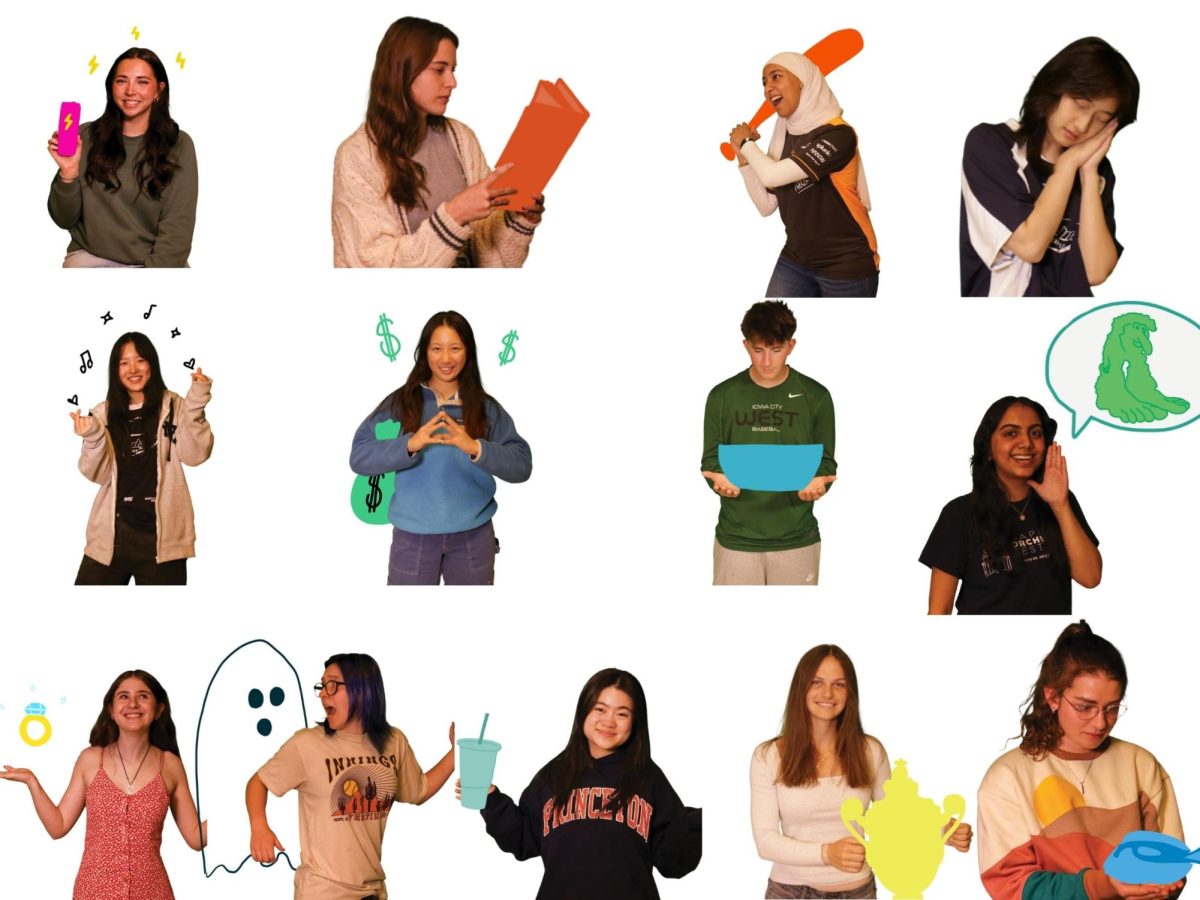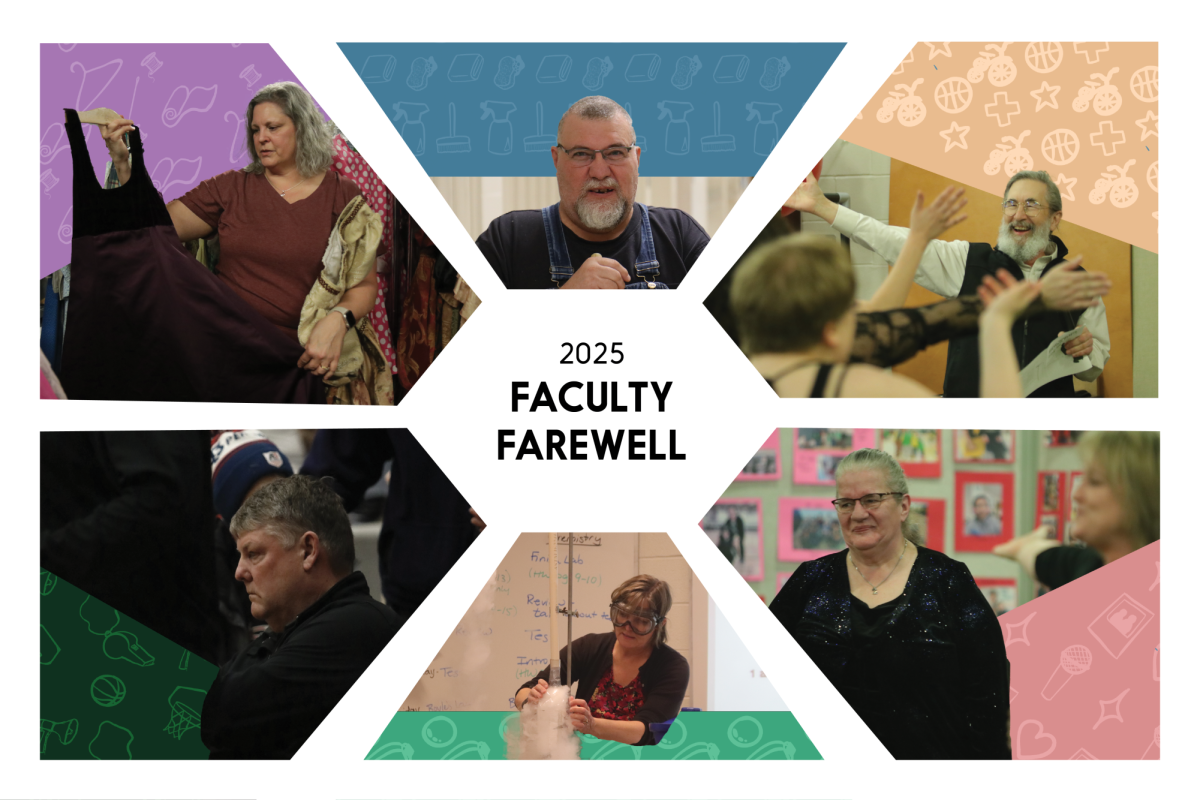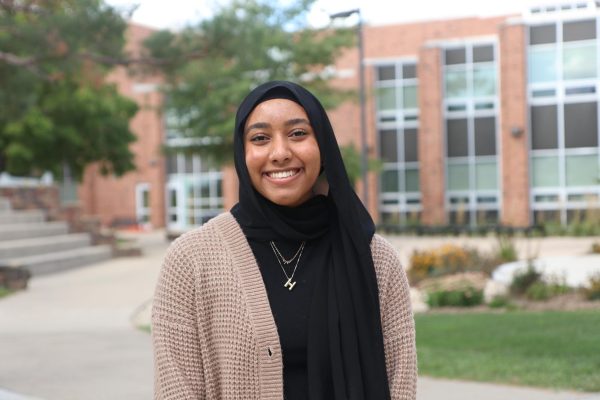You likely had to choose a notebook color for a school subject at some point in your life. Such a simple choice can cause the utmost controversy, as we see with the classic math is red versus blue debate. Unless you chose completely randomly, you must’ve had a reason for choosing the color you did. For biology, you may have chosen green because, in your head, life equals plant, which equals green, but what about a math subject? If colors “have a taste,” and the color blue “tastes crisp and cold,” why doesn’t it taste just as hot or cold as a different color drink from the same environment? It may feel like an instinctual, sixth-sense scenario, but you actually just experienced a brief, minor encounter with synesthesia.
Recently, some TikToks of people who can distinguish between M&M colors purely by taste (while being blindfolded) have gone viral. These people experience quick instances of, if not long-term, synesthesia. Synesthesia is a neurological condition where a person experiences a sensory stimulant, causing a completely different sensory experience, such as visualizing sounds or tasting colors. It can be very easy to misinterpret a brief instance of synesthesia with long-term cases, where someone experiences the phenomenon every day.
Synesthesia can range from extreme cases, like tasting words, to more common cases, like associating words with colors. Camille Crossett, a psychology teacher at West High, covers the topic of synesthesia whilst in the sensory unit each year in her class. “Most people experience some form of synesthesia. If you’re at all organized in the way that I am, when you think of a class that you have, you have a specific color for it,” she said. In Crossett’s five years of teaching, she has taught several students who identified as synesthetes (people who have long–term synesthesia.)
Several of these students likely experienced color grapheme (letters and numbers associated with color) or chromesthesia (seeing sounds as colors), the two more common kinds of synesthesia. It can also be very subtle, such as visualizing the year as a clock, with December/January at midnight. While the condition can be genetic or hereditary, it is often developed in early life as people’s brains develop. “When two senses are happening simultaneously, the wires just get crossed a little bit. And so our brain associates things with other things that maybe it wouldn’t normally do,” Crossett said.
Ella Haim ’27, has experienced very relevant instances of synesthesia in her everyday life. “I would say I experience [synesthesia]. Sometimes I see certain songs as a color. Different subjects I strongly correlate with certain colors and I will stand by that,” Haim said. “More chill songs I kind of give a dark sort of blue, but then pop I feel like it’s more yellow, brighter colors.”
Many people can see synesthesia as a distraction or burden, but it has been proven to be beneficial in many ways. In studies run by Cleveland Clinic, synesthesia is helpful for memory, creativity and higher testing scores on intelligence tests. The creativity can be shown in many well-known figures such as Lorde, Kanye West or Vincent Van Gogh (who was speculated to have it).
For Lorde, she can visualize days of the week, sounds and words as color. In an interview on iHeart Radio, Lorde says, “A lot of sounds and a lot of words have some sort of visual counterparts or textual counterparts. So a lot of color, a lot of texture, especially with music, but with words generally.” When Kanye West attended art school, he would see music beats in his head and paint them down. In an interview with Ellen, West said, “Everything that I sonically make is a painting. I see it. I see the importance and the value of everyone being able to experience a more beautiful life.” Like Lorde and West, Van Gogh also experienced associations with color and music. He made several statements about the sensations he felt in his lifetime. Van Gogh wanted to learn piano to gain a better understanding of the gradation of tones in his paintings. Through his lessons, he reported a bizarre experience of “seeing a different color with every note he played.”
Although it’s unknown exactly how many people synesthesia affects long-term, it could be anywhere from around two to four percent of the population according to the National Library of Medicine. While it’s hard to accurately determine for yourself whether or not you experience long-term synesthesia, you’ve most likely overheard or even participated in heated subject-color debates. When asked about this scenario, Crossett said, “I think everyone has different opinions about that. There have been very heated discussions about that when we’ve talked about synesthesia before. People have very strong opinions.” When asked about experiences at West, Haim said that she’s experienced several debates over subject-color questions. “I’ve had arguments with people about colors and classes. I will stand by my opinion,” Haim said.
It’s hard to find the line between synesthesia and simply recalling a memory because the lines can be blurred so easily. Our memories are tied to our senses, with the most prominent being smell. “It’s like your grandma’s house and you smelled her special cookies that she made every time. You’d have really strong memories tied to that. If you’re visual, you’re usually not looking at something and getting a really strong memory, it’s almost exclusively scent,” Crossett said. Although synesthesia is very rare, you may just be that one in a hundred with it. Just think, the next time you associate math with blue (or red), take a second to pause and question it — you may just have a “sixth sense.”

